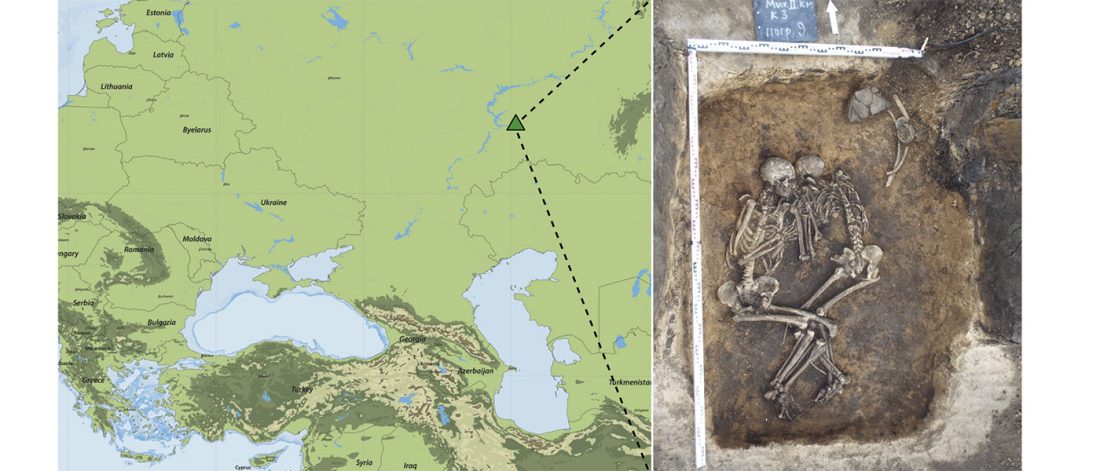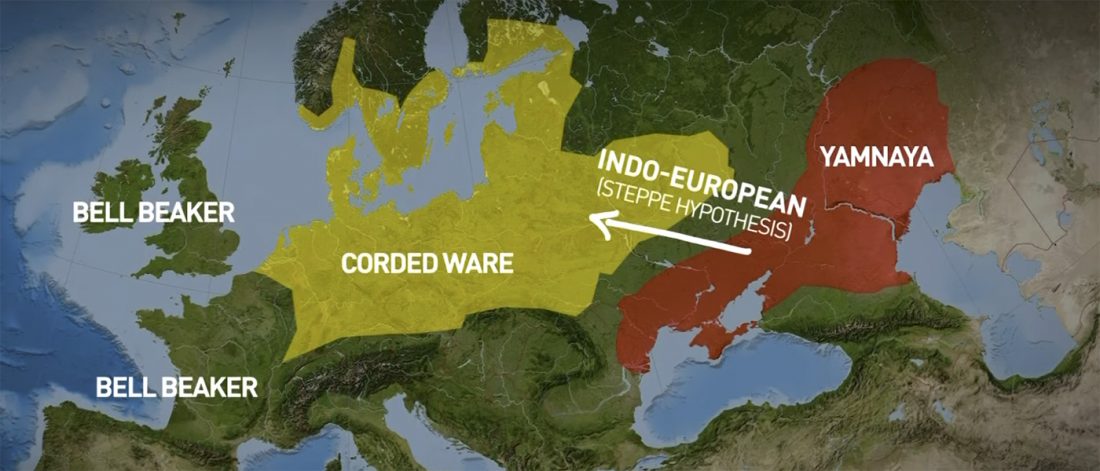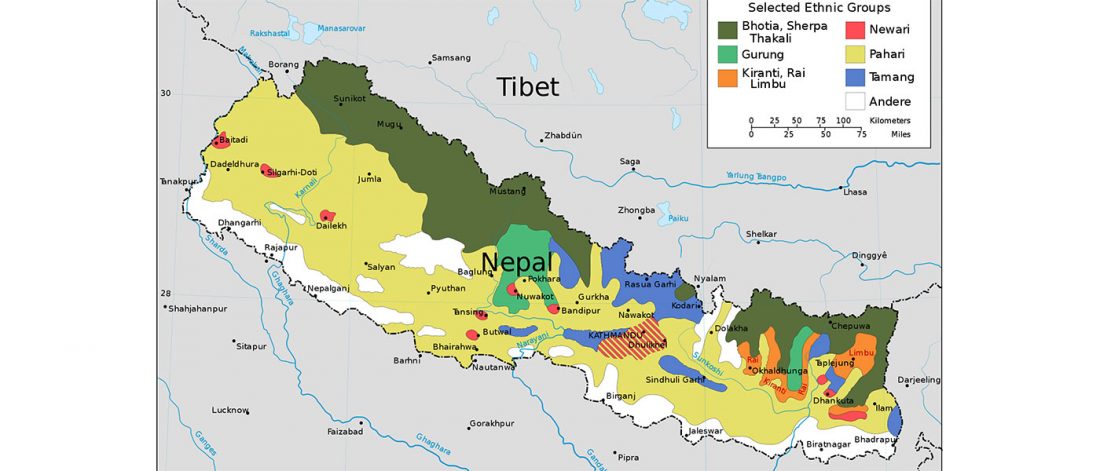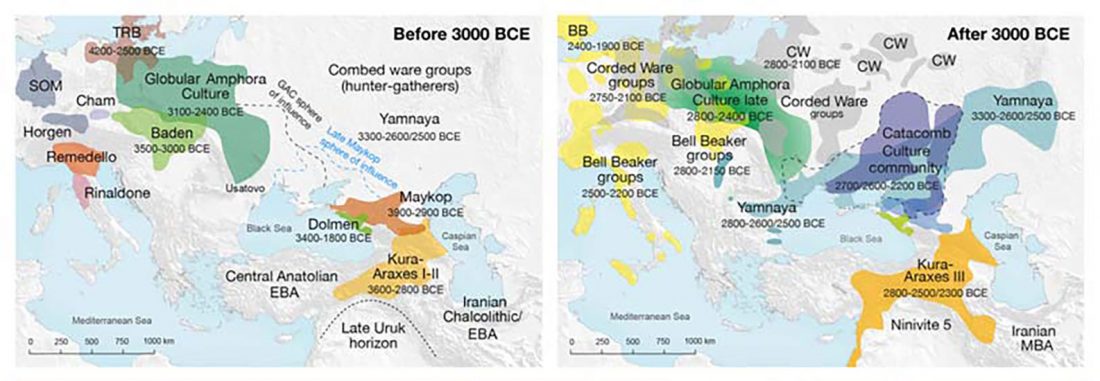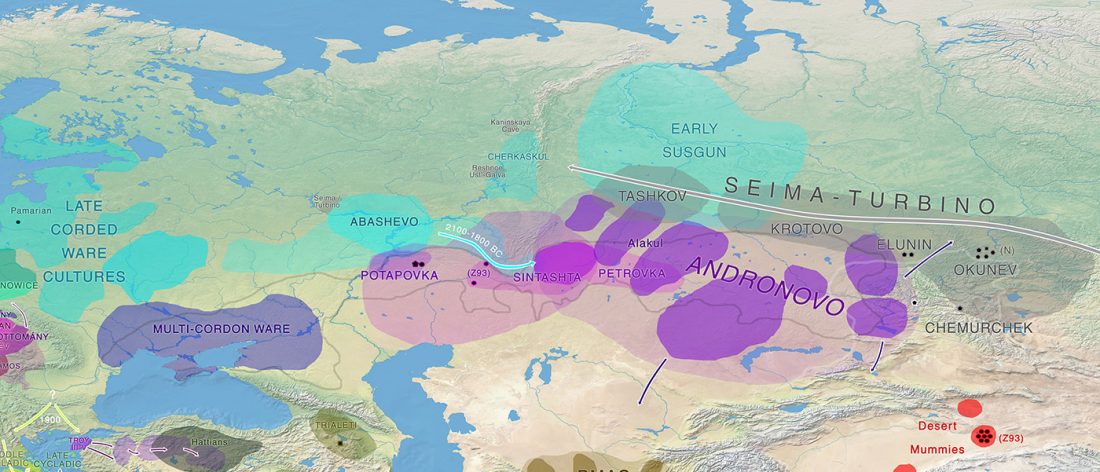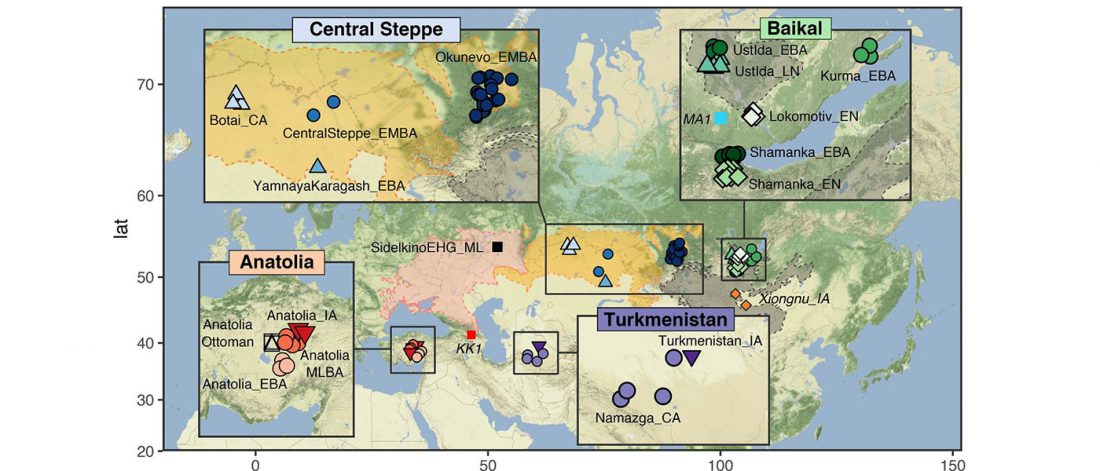Oldest bubonic plague genome decoded in Srubna ca. 3800 YBP
New open access paper from the Max Planck Institute: Analysis of 3800-year-old Yersinia pestis genomes suggests Bronze Age origin for bubonic plague, by Spyrou et al., Nature Communications (2018) 9:2234.
Interesting excerpts from the paper and supplementary materials (emphasis mine):
… Read the rest “Oldest bubonic plague genome decoded in Srubna ca. 3800 YBP”Here, we analyse material from the Mikhailovsky II burial site, which was excavated in 2015 and is one of numerous kurgan cemeteries identified in the Samara Oblast. It consists of seven kurgan burials, and is chronologically associated to the ‘Pokrovka’ phase (3,900-3,750 BP) of the ‘Srubnaya’ culture (3,850-3,150 BP) (radiocarbon dates produced in this study provided in Supplementary Table
